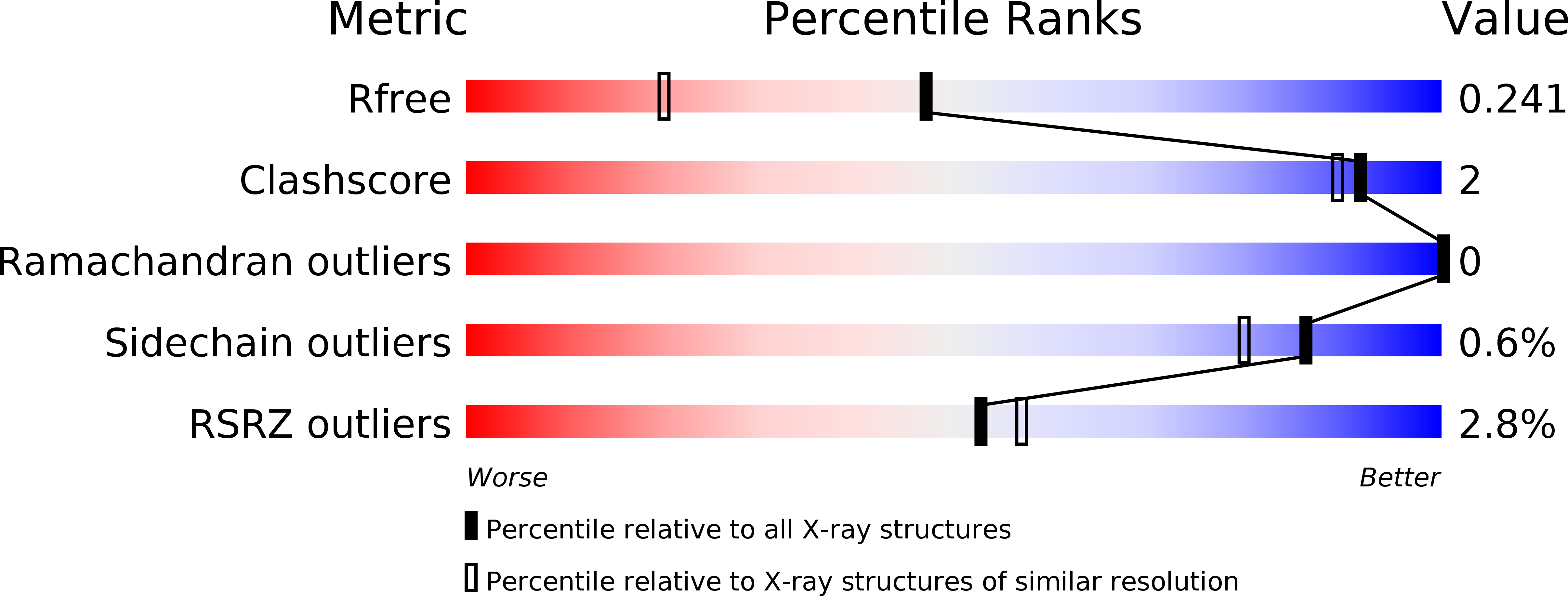
Deposition Date
2016-05-13
Release Date
2016-09-28
Last Version Date
2023-09-27
Entry Detail
PDB ID:
5JXY
Keywords:
Title:
Enzyme-substrate complex of TDG catalytic domain bound to a G/U analog
Biological Source:
Source Organism:
Homo sapiens (Taxon ID: 9606)
synthetic construct (Taxon ID: 32630)
synthetic construct (Taxon ID: 32630)
Host Organism:
Method Details:
Experimental Method:
Resolution:
1.71 Å
R-Value Free:
0.23
R-Value Work:
0.19
R-Value Observed:
0.19
Space Group:
C 1 2 1


